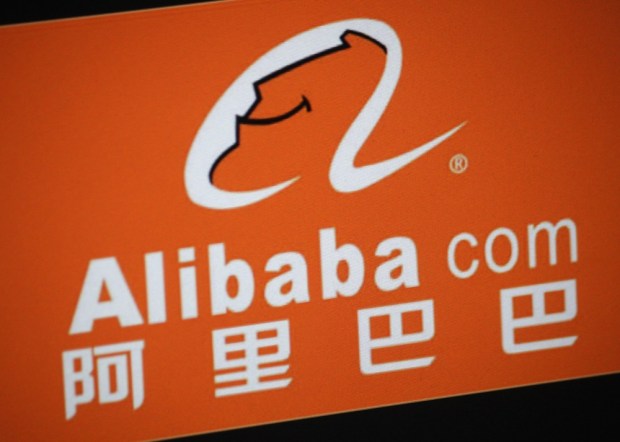Alibaba Trims Guidance on Macro Uncertainty, Consumer Count Up 4 Percent

For Alibaba, the situation is a fluid one — uncertain enough on a macro level to cut guidance — as the Chinese consumer continues to spend on all manner of goods sold online, but not at previously lofty levels.
The eCommerce behemoth posted fiscal second-quarter results Friday (November 2) that topped expectations on the bottom but missed on the top.
In terms of headline numbers, the company’s earnings per share stood at a reported 9.60 yuan, higher than the 7.4 yuan expected and growth in the top line was 54 percent, to 85.1 billion yuan, which was about a percent below consensus.
The top-line growth, a bit of deceleration from rates that topped 60 percent earlier this year, nonetheless was buoyed by strong demand for commerce done online as the company continued to move beyond its traditional reliance on online shopping and into new businesses, including delivery of food.
The company’s active annual count grew by 25 million individuals, to 601 million consumers on the retail platforms, or 4 percent, versus 576 million at the period that ended June 30.
Looking at mobile users, net additions came to 32 million for the period that ended Sept 30, and now stand at 666 million.
The stock gained 6 percent in the pre-market and then was off 2 percent as of this writing, partly on cheer related to macroeconomic developments, as there were reports that President Donald Trump has asked cabinet members to draft terms for a trade deal with China that could come as early as this month.
But in tandem with an uncertain economic landscape, the company cut its full revenue growth forecast to 375 billion yuan to 383 billion yuan or around 53 percent while it had previously guided to 60 percent.
Chief Executive Officer Daniel Zhang said that “this is the third time in Alibaba’s 19-year history that we’ve encountered a setback in the global economy. The global economy is in a state of uncertainty.” Separately, on a call to discuss results, company Executive Vice-Chairman Joseph Tsai told analysts that consumers are eyeing “uncertainty” and are “cutting back.”
But digging into the numbers a bit, the Chinese consumer clearly has proven resilient even if, and even as, the Chinese economy slows. Sales from the eCommerce unit, anchored by online sites Tmall and Taobao, were up 56 percent to 72.5 billion RMB, while in August that year-over-year growth rate had stood at 61 percent. Tmall, the company said, saw total goods — aka gross merchandise volume — up 30 percent year over year in the quarter.
Beyond the core, the customer management segment, which aids marketing efforts of merchants, at 25 percent. As might be expected, the cloud segment continued to show lofty growth, up 90 percent, where it had been 93 percent in the previous quarter and international sales were up 55 percent to 4.4 billion RMB.
